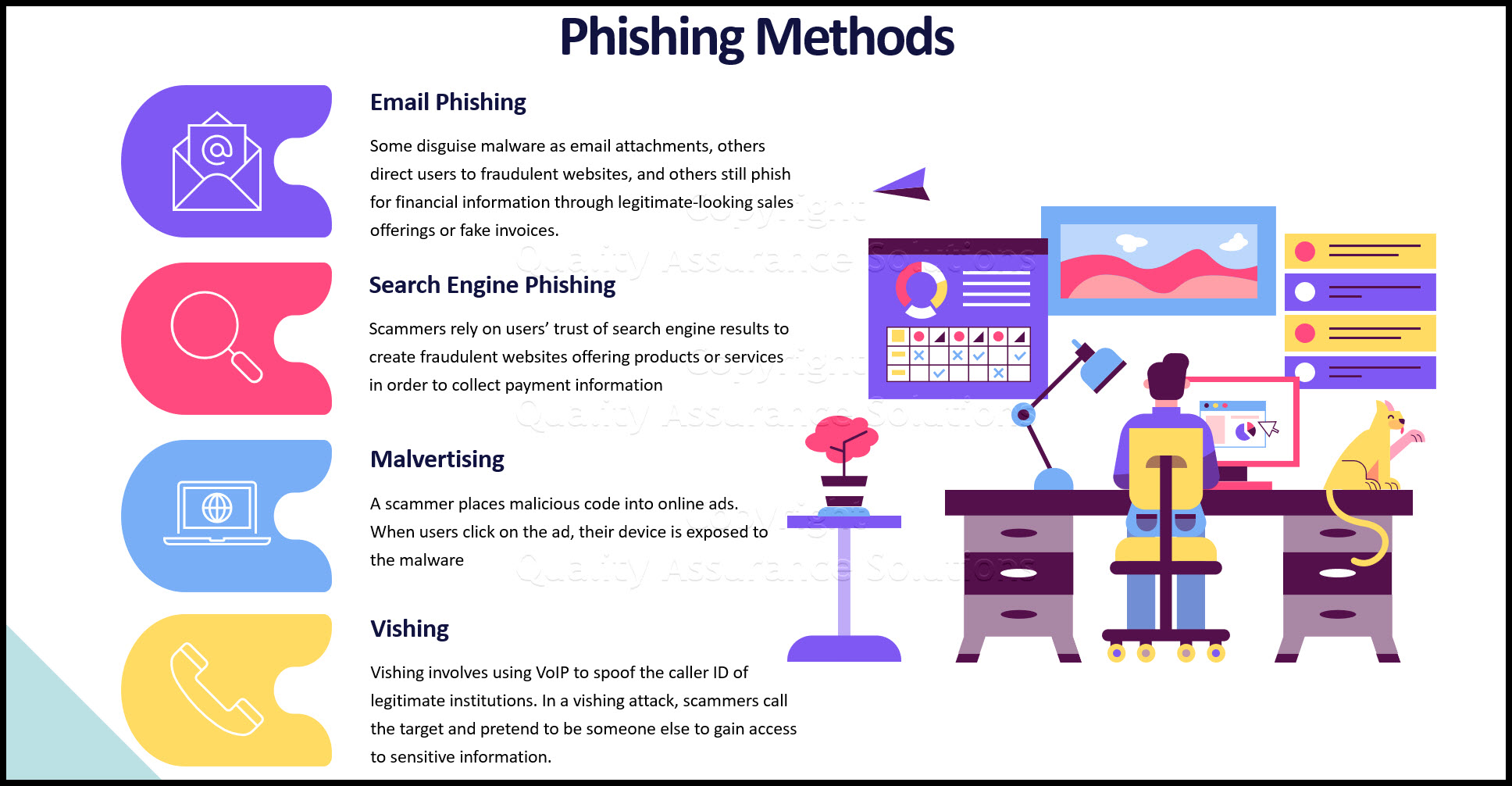How to Protect Your Website from Phishing Attacks
Phishing attacks are becoming increasingly common, and it’s essential to take steps to protect your website from falling victim to them. Phishing involves cyber criminals tricking individuals into providing sensitive information such as usernames, passwords, and credit card details by posing as legitimate entities. Here are some tips to help you safeguard your website against phishing:
1. Implement Multi-Factor Authentication
One of the most effective ways to prevent unauthorized access to your website is by implementing multi-factor authentication. This security feature requires users to provide two or more forms of verification before gaining access to their accounts. By adding an extra layer of protection, you can significantly reduce the risk of falling victim to phishing attacks.
2. Keep Your Software Up to Date
Ensure that your website’s software, including content management systems like WordPress, plugins, and themes, are up to date. Cyber criminals often exploit vulnerabilities in outdated software to launch phishing attacks. By keeping your software updated, you can mitigate this risk and protect your website from potential security threats.
3. Educate Your Team and Users
Training your team members and users on how to identify and avoid phishing attacks is crucial in maintaining the security of your website. Educate them on common phishing tactics, such as email scams and fake websites, and encourage them to report suspicious activities promptly. By raising awareness, you can create a vigilant community that helps thwart phishing attempts.
4. Use HTTPS Encryption
HTTPS encryption ensures that data transmitted between your website and users is secure and cannot be intercepted by cyber criminals. By installing an SSL/TLS certificate and enabling HTTPS on your website, you can protect sensitive information from being compromised during data exchanges. This encryption protocol adds another layer of security, making it harder for attackers to launch phishing attacks.
5. Monitor Your Website’s Traffic
Regularly monitoring your website’s traffic can help you detect unusual patterns and suspicious activities that may indicate a phishing attack. Install security plugins or use web analytics tools to track traffic sources, visitor behavior, and login attempts. By staying vigilant and proactive, you can identify and respond to potential threats before they escalate.
6. Conduct Regular Security Audits
Periodically conducting security audits on your website can uncover vulnerabilities and weaknesses that cyber criminals may exploit. Identify potential entry points, such as outdated scripts or insecure configurations, and take necessary measures to address them. By regularly assessing your website’s security posture, you can fortify defenses and prevent phishing attacks from compromising your data.
Conclusion
Protecting your website from phishing attacks requires a proactive approach to security. By implementing multi-factor authentication, keeping software updated, educating your team and users, using HTTPS encryption, monitoring website traffic, and conducting regular security audits, you can enhance the security of your website and safeguard it against malicious attacks. Stay vigilant, stay informed, and stay secure.
